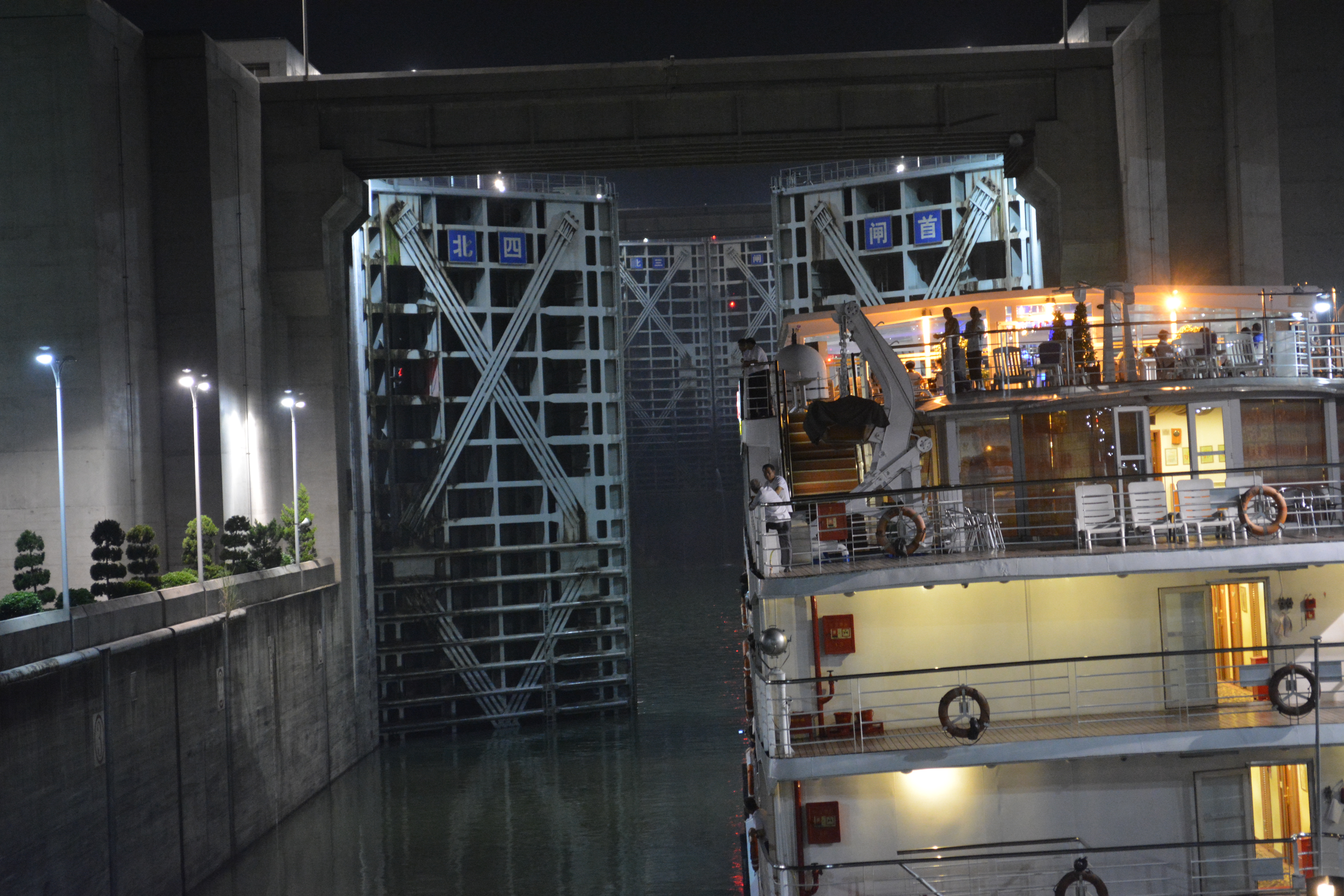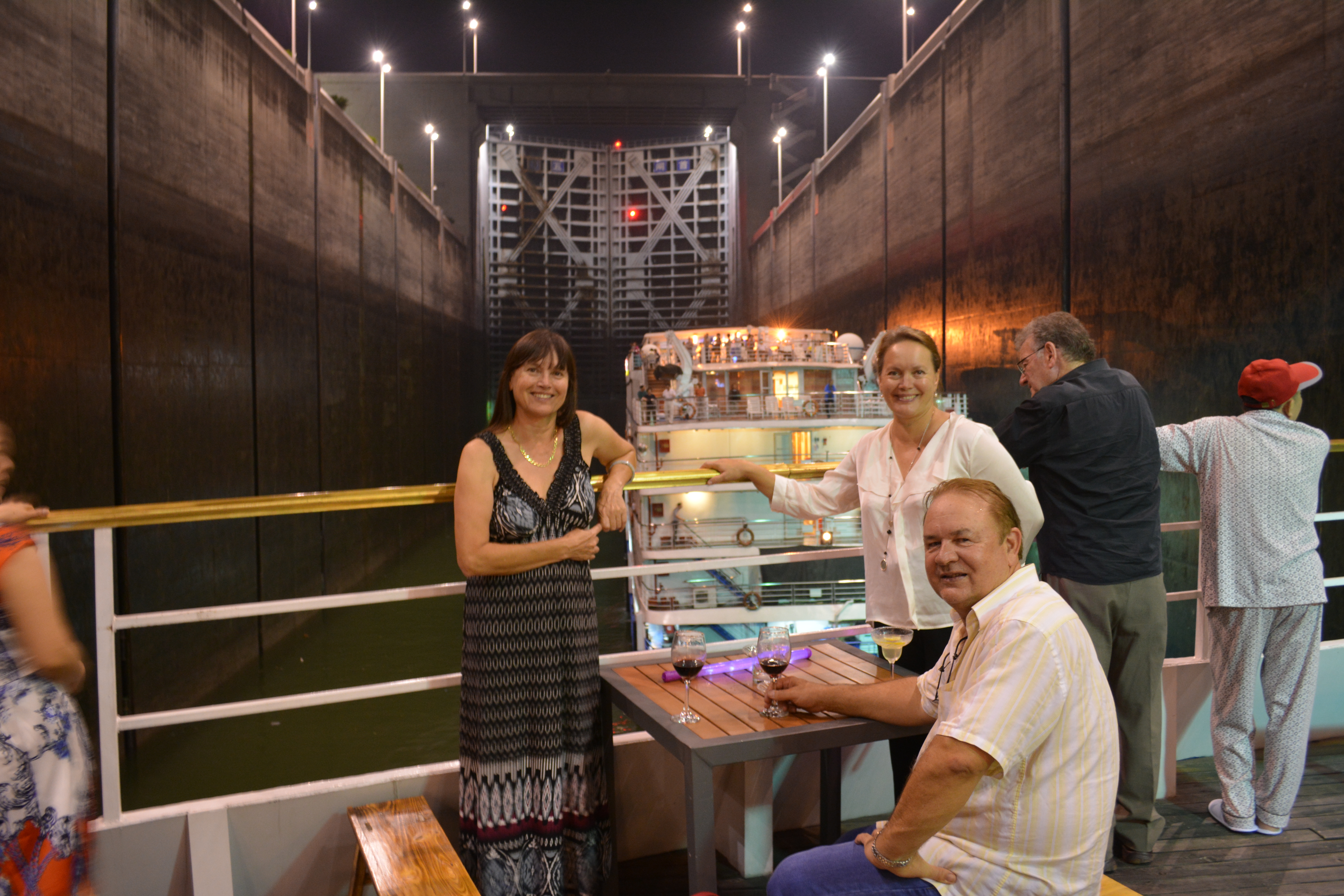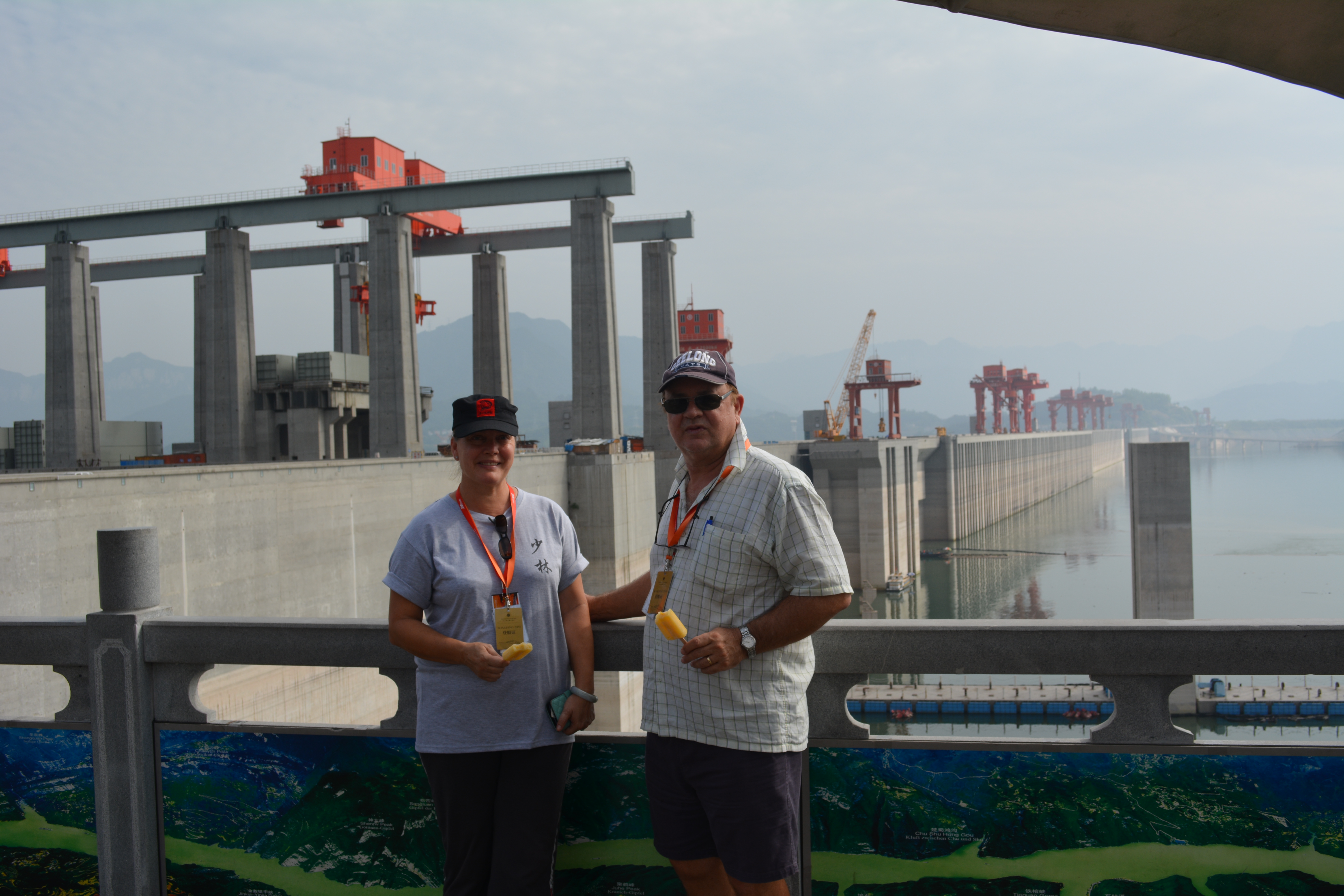
AsianOverland.net
Tour Guide - Itinerary
Asian Overland Sydney to London
Started 22/06/2022 Finished 21/06/2023365 Days ITINERARY
Day 78 date 07/09/2022SHAOLIN TEMPLE to THREE GORGES DAM, HUBEI, CHINA
ASIANOVERLAND.NET SYDNEY TO LONDON DAY 78: SHAOLIN TEMPLE TO THREE GORGES DAM, HUBEI, CHINA
While we were cruising in the Three Gorges on the Yangtze River above the Three Gorges Dam, our Chinese guide commented that we were now sailing above her old town, which was flooded after the dam was constructed. She pointed to a modern city on the hill above the water, and said her whole city had moved there. The young people were keen to have the new facilities available in a new, modern city with electricity and WIFI, but the older people vetoed the move because they were attached to their gardens, which their ancestors had farmed for generations. The government moved all of the garden soil from the old town to new gardens in the new city, and everyone agreed to move after their garden soil had been moved to their new garden beds.
The Three Gorges Dam is a hydroelectric gravity dam that spans the Yangtze River in Hubei province, central China, downstream of the Three Gorges. The Three Gorges Dam has been the world's largest power station for installed capacity since 2012. After the extensive monsoon rainfalls of 2020, the dam's annual production broke the previous world record set by Itaipu Dam in 2016.
The dam wall was completed in 2006, and the power plant of the dam was completed and fully functional in 2012, when the last of the main water turbines in the underground plant began production. Our tour included the impressive underground plant housing 32 main turbines, where each main water turbine has a capacity of 700 MW. The total electric generating capacity of the dam is 22,500 MW. The last major component of the project, the ship lift, was completed in December 2015.
As well as producing electricity, the dam increased the Yangtze River's shipping capacity. By providing flood storage space, the dam reduced the potential for floods downstream which have plagued the Yangtze Plain. In 1931, floods on the Yangtze river caused the deaths of 4 million people.
The primary purpose of the Three Gorges Dam is flood control, and in the first year it was completed, the floods were so bad that the brand new Three Gorges Dam filled with water to its maximum level, 185 meters. The Three Gorges Dam paid for itself in that first year, as the estimated costs of that one flood, exceeded the total cost of the Dam. As a result, China regards the project as a monumental social and economical success, with state-of-the-art turbines and massive reductions in greenhouse gas emissions.
A large dam across the Yangtze River was championed by Sun Yat-sen in The International Development of China, in 1919, when he asserted that a dam could generate 30 million horsepower (22 GW) downstream of the Three Gorges. In 1932, the Nationalist government, led by Chiang Kai-shek, began preliminary work on plans in the Three Gorges.
The original plan was for the dam to employ a unique method for moving ships: the ships would enter locks located at the lower and upper ends of the dam and then cranes would lift the ships from one lock to the next. Groups of craft would be lifted together for efficiency. Some exploration work was done, but the government halted work in 1947 during the Chinese Civil War.
After the 1949 Communist Revolution, Mao Zedong supported the project, but economic problems including the Great Leap Forward and the Cultural Revolution slowed progress. After the 1954 Yangtze River Floods, in 1956, Mao Zedong wrote "Swimming", a poem about a dam on the Yangtze River.
The National People's Congress approved the dam in 1992, construction started on December 14, 1994, and the dam was fully operational 18 years later.
© This work is copyright. Apart from any use permitted under the Copyright Act 1968, no part may be reproduced by any process, nor may any other exclusive right be exercised, without the permission of Peter Searle, peter@portseavillageresort.com; 1980-2024.
Website built by Justin O’Dea www.webdeveloperdocklands.com.au


